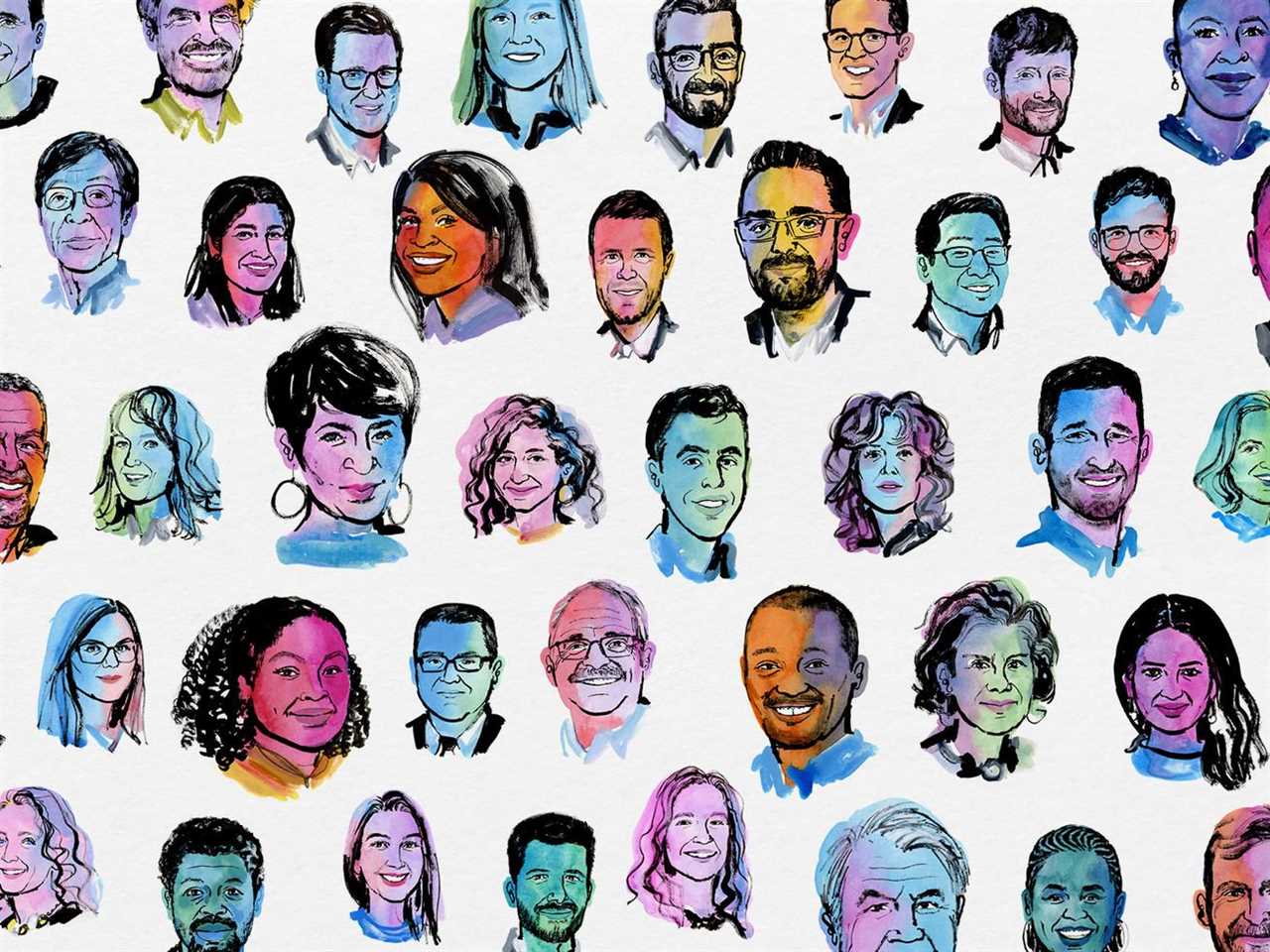
Here’s how the Future Perfect team determined the 2023 cohort of up-and-coming and unsung thought leaders.
There are a million and one lists that highlight the shiny individuals and buzzy organizations that publications think we should care about. But what makes the Future Perfect 50 list starkly different from the typical celebrity-touting curation is that we’ve dedicated space to the often unsung heroes who are finding exciting solutions to the world’s biggest problems.
It may not always be sexy writing about the importance of evidence-based evaluations or the bureaucratic minutiae of transitioning toward greener infrastructure. But in our day-to-day work at Future Perfect, we often operate through the importance, tractability, and neglectedness framework. What that means is we’re constantly thinking about the issues that get pushed to the wayside, or the surprising yet effective solution that’s hidden in plain sight. Determining a cohort of 50 thought leaders — those who are up-and-coming, hidden, or simply not acknowledged enough — felt natural to how we think about coverage.
Last year was the first time we produced such a list. And we’re proud to say we’re not facing the sophomore slump. Here’s how the Future Perfect staff determined the 2023 cohort.
Like all good things, reflect and iterate
Naturally, we looked at last year’s list. What are the categories we wished we had covered? What did we overrepresent? What was the feedback from our audience and our honorees alike?
Last year, we focused on the following categories: fighting global poverty and injustice, confronting humanity’s biggest threats, imagining the future, working toward a healthier world, expanding the rights of animals, and helping us think better.
Those categories represent core subject interests for Future Perfect, so we mostly stuck to the same grouping of ideas around animal welfare, global poverty, progress, and health, and how we can shape the future. But this year, you’ll find a new category focused exclusively on AI, which we’ve doggedly covered for years in terms of its existential risk as well as possibilities for solutions. So much has changed in the artificial intelligence space since we published last year’s list that we’d be remiss not to include it. (Editor’s note: While Microsoft is a partner in presentation of the list, our selection of honorees is entirely independent.)
One thing we didn’t change: maintaining our clear focus on the candidates doing the work of change, rather than the funders paying the bills.
Brainstorm and connect
With all that in mind, we began brainstorming potential candidates over the summer, months before the list was set to publish. This was the most fun part: talking with previous sources about the people they admire, going to conferences and listening to talks, perusing groundbreaking studies, and reaching out to our most dedicated readers in our newsletter for suggestions.
That initial name search was very broad: no categories, just vibes. (Aren’t we all interdisciplinary, if we really think about it?) What we wanted was a plethora of names that weren’t restricted by the familiar. Naturally, we nominated changemakers who we’ve covered recently, but we also wanted to stay true to our mission of discovering those who are quietly, but effectively, doing the work.
We also emphasized a diversity of theories of change. It would be a very boring list if we only represented one modality of possibility — especially since it takes time to see whether a possible solution will work. Take the animal category, for instance; there, we took a pluralist approach, including people who work on welfare laws, civil disobedience, cellular meat, and organizing veterinarians to fight the factory farm industry rather than work on its behalf.
Narrowing down the field
The hardest part is, of course, narrowing down a very long list of individuals to just 50. Some candidates have had a very measurable impact on improving well-being in the world, but others do more paradigm-shifting work that’s hard to quantify — we wanted to ensure we got a good mix of both.
Over the course of a handful of weeks, we debated about criteria and how the candidates fit together within their respective categories, and then as a larger group. We then trimmed down the list after staff input to really think about what the final makeup should be. We looked across academic specialties, age, geographic location, identity, and more. Crucially, we didn’t want to overrepresent one particular type of candidate, nor any one kind of profession or background.
From there, we started writing! We assigned each candidate to a staff writer, fellow, or editor, largely based on interest and whether someone’s beat aligned with an honoree’s experience.
We hope that you enjoy reading this year’s Future Perfect 50. Did we miss someone you think we should have featured? Email us at [email protected] for consideration for next year’s list!
----------------------------------------
By: Izzie Ramirez
Title: How we selected the Future Perfect 50 list
Sourced From: www.vox.com/future-perfect/23943302/future-perfect-50-list-methodology-selection
Published Date: Wed, 29 Nov 2023 11:00:00 +0000






